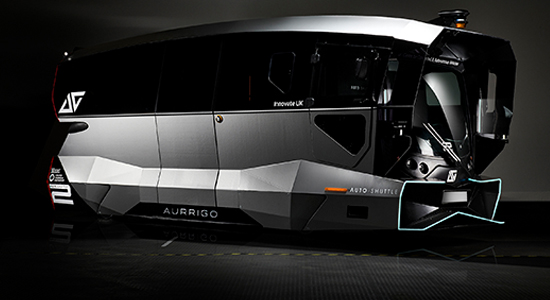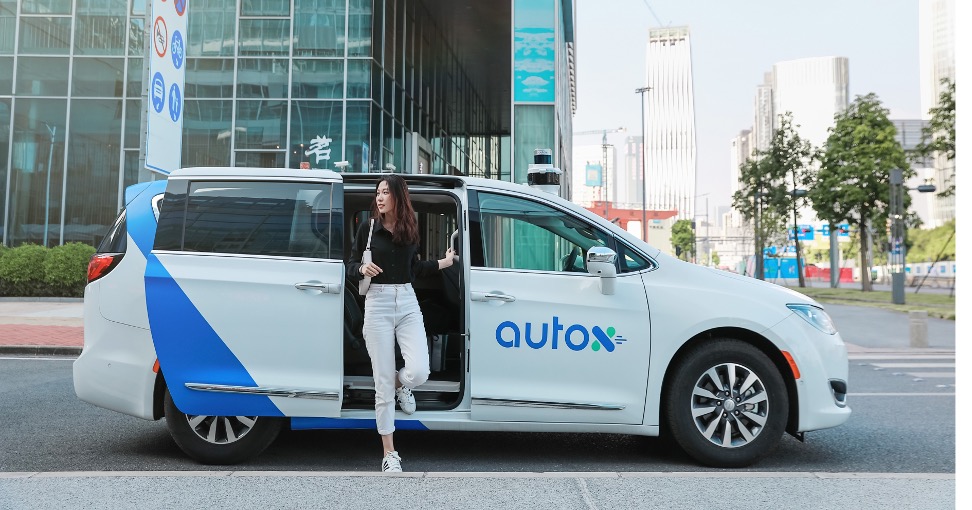First International safety standard for fully automated driving systems has been published
The standard focused on L4 Low Speed Autonomous Driving (LSAD):
In the ISO 22737 standard, the group have set out the specific minimum safety and performance requirements for LSAD systems, providing a common language to help facilitate the development and safe deployment of this technology worldwide. The group included experts from Japan, USA, Canada, Australia, South Korea, China, Germany, France, the Netherlands, Hungary and the UK.
Some of the key points from the new standard include:
· Providing minimum operating capabilities for LSAD systems including guidance on Operational Design Domain (ODD) definition
· Guidance on how LSAD systems may fit into the wider transport ecosystem
· Performance requirements for different aspects of the LSAD system such Dynamic Driving Task; Emergency maneuvers (e.g. emergency stop and minimal risk maneuvers); hazardous situation identification; static and dynamic obstacle detection and avoidance
· Test procedures for various system functionalities
“The new LSAD standard puts a line in the sand for all OEMs to exceed and so enables a global market where all players rise to the same exacting standards as each other, keeping the public safe and the industry competitive."
The standard itself is behind a paywall. If I am able to purchase, I can share more details. But it is good news that we have our first AV Safety Standard

warwick.ac.uk







